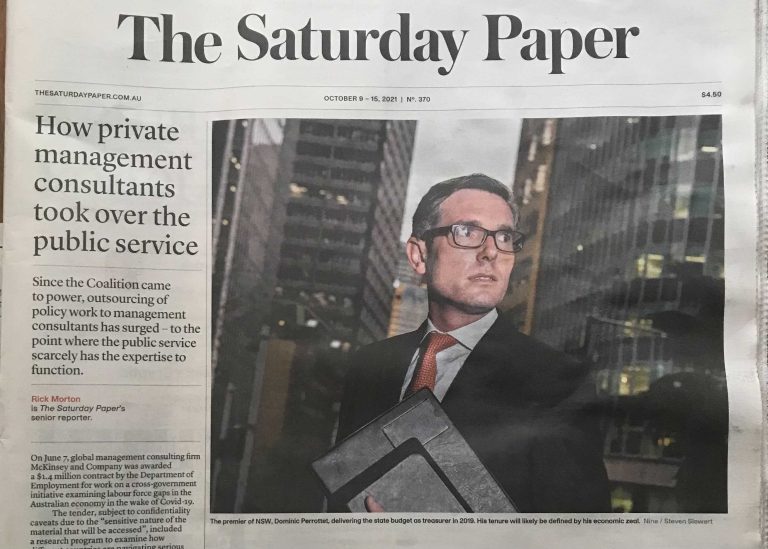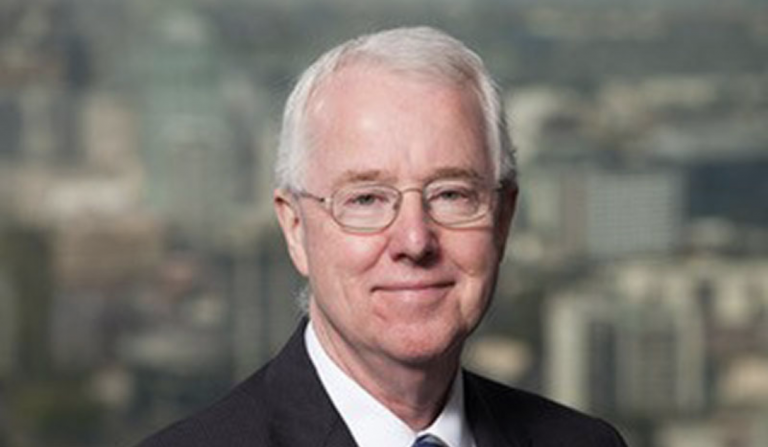The issue
of the Republic and Constitutional reform has been been relegated to a ‘second term issue’ under the Rudd Government. In the event of a
referendum, voters would first be asked if they want a Republic and then,
later, what kind of a President they prefer and how this person should be
elected. This procedure risks failure. The more important question – to find out what kind of a Republic is needed in the twenty
first century – is still quite remote. Indeed, as one monarchist sympathetic to system reform summed it up to me recently: ‘Republicans still need to
make a substantial case for a superior system of governance before they are
taken seriously’.
As background to this question I have prepared a comparison of the position of the president in other
modern Republics. The United States model is excluded here as it is obvious from the previous debate in the 1990s that there is no sympathy among
Australians for such a strong presidency. The symbolic presidency is preferred, but opinions are divided on the
question of direct or indirect election of the president. Most modern
republics, which have symbolic presidencies, have experienced healthy relations between citizens and their elected governments – with the part exception of Indonesia prior
to 2004. The fear often expressed in Australia about competition between
the president and the prime minister, where a president is directly elected, is
not justified by the experiences in these countries. Direct, popular election of
the president occurs in at least seven countries: Ireland,
Finland, Portugal, France,
Austria, Iceland and Indonesia. In
this article I will briefly look at four countries
that elect their president directly, and examine what such a model could look
like in Australia.
Ireland
The Irish Constitution stipulates that the President
shall be elected by direct vote of the people, by secret ballot with a system
of proportional representation.
The Irish system is relevant to a potential Australian
model, as the state has a Westminster type of government, is English-speaking,
and a recent President, Mary Robinson, turned the Presidency into a high
profile, positive and influential office well-regarded in Ireland and abroad.
The Irish President has only very limited symbolic powers. Ireland has a
unitary system of government and uses proportional representation as its
electoral system.
France
The function and ambit of the French presidency is
deeply rooted in its often turbulent
history. It has a dual political executive – executive power is shared
between the President and the Prime Minister and Cabinet. This quite unique
duality was widely predicted to fail, but has now lasted fifty years and looks
to be in good shape.
According to article 5 of the French
Constitution, ‘the President of the Republic shall see that the Constitution is
observed. He [sic] shall ensure, by his arbitration, the proper
functioning of the public authorities and the continuity of the state’
(emphasis added). The President is elected for seven years by direct universal
suffrage.
However, the powers of the
Government are also extensive.
‘The Government shall determine and
conduct the policy of the Nation and shall have at its disposal the civil
service and the armed forces. It shall be responsible to Parliament…and the Prime Minister shall direct the operation of the
Government’ (part of article 21).
France
is a unitary state, politically centralised but administratively
decentralised.

Finland
The first major reforms in
recent decades came in 1991. These reduced the powers of the President. A system of straightforward direct popular
election of the President was introduced, with provision for a second ballot
where necessary. The new system was used
for the first time in 1994 and the President’s term was
simultaneously limited to a maximum of two consecutive terms of six years. The
President’s powers were also limited so that he/she could henceforth only
dissolve Parliament on receipt of a ‘reasoned request’ from the
Prime Minister and having consulted the Speaker and the party groups in
Parliament, and only while Parliament was in session. Since the reforms the
President may accept the resignation of the Government or an individual
Minister on request or after a vote of no confidence in Parliament. Otherwise,
the President cannot dismiss a Minister except on the initiative of the Prime
Minister.
Parliament
also required the Government to continue the preparation of further reforms to
adjust the powers of Parliament, the President of the Republic and the
Government in order to strengthen Parliament’s position as the highest organ of
Government. This was done and is reflected in the 2000 Constitution. One of the
other most important constitutional amendments in the 1990s has been the reform
of fundamental rights, which came into force in August, 1995. This extensive
piece of legislative reform meant the complete rewriting of Chapter II of the
Constitution Act. However the Finnish system
has reserved some independent powers to the President of the Republic. Finland is a
unitary state. The Finnish Parliament is elected by proportional
representation.
Indonesia
Finally, the Indonesian Presidency
is grounded in Sukarno’s 1945 Constitution but there have been several
amendments, the most important ones in 1999,
2000 and 2001. These followed growing disenchantment with the near-dictatorial
rule of President Suharto, the enrichment of the Suharto family, the role of
the military and police forces (both represented in the Parliament) and the
serious lack of clarity between the role of the President and the Parliament.
When the ‘New Order’ ended in 1998 an initially elite-dominated constitutional
reform process commenced, which is still in progress.
Indonesia was
established as a unitary state in the form of a republic and sovereignty is
theoretically vested in hands of the people to be fully exercised by the
People’s Consultative Assembly (MPR). There is also a House of
Representatives.
In 2001 the process for electing the President and Vice President changed from indirect election
by a majority vote of the People’s Consultative Assembly to direct election by the people. The current President
Susilo Bambang Yudhoyono was directly elected in September, 2004.

Conclusion
If Australia is to move forward constitutionally, particularly given the rigidity of
section 128 (which requires the support of a majority of voters in a majority of states, as well as an absolute majority of both houses of parliament), the first step should be a multiple-question
plebiscite to find out what the Australian people want on a number of key
issues. After that, a referendum with one or more questions can be held. Plebiscites
have an educational function in that they provoke prior discussion in the media. If voters are simply asked whether they want a Republic, they may well say ‘no‘ again
simply because they have no idea what kind of Republic is to
follow. The exit polls in 1999 indicated that there was strong support
for a directly elected president contrary to the one indirect model presented and favoured
mostly by the politicians. That very fact contributed greatly to the failure of
the referendum. At the very minimum, a repeat of this situation needs to be avoided as a prerequisite for success.
What would a symbolic, directly elected presidency look like in Australia? One
would expect that such a person would behave very much like the current
Governor-Generals (who, by the way, have already been Australian citizens for a
very long time). The other fears, that pop stars or popular sport heroes could
be elected, have not materialized in any of the seven countries mentioned in
this article. Lawmakers have generally devised democratic nomination processes
that have attracted candidates of considerable experience and standing.
Minimalist
Republicans tend to give the impression that the issue of the
presidency is what a constitutional makeover is all about. While it is not
unimportant and Australians need to get this right, Republicans do need to make
their case far more convincingly. The issue of federal-state relations looms
large but questions about the unrepresentative electoral system and major flaws
in the Westminster
system are actually much more important. A realisation that the
inflexible, archaic Australian Constitution is in need of a major overhaul begs
the question: is it really a good idea for the ALP to postpone any attempt to grapple with these major governance issues until a the
second term? The people are looking forward to long-term system change. Why risk a
delay?
|
[adsense:234×60:1:1] |



